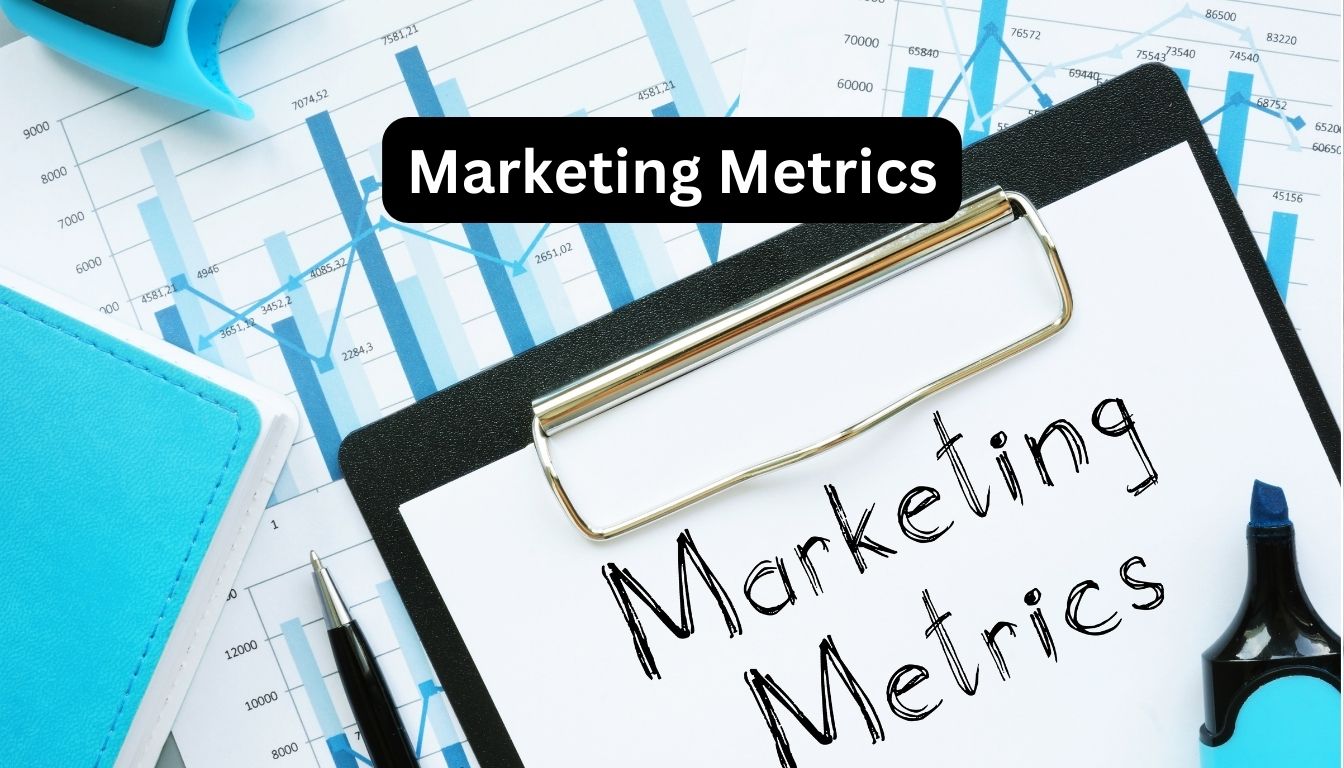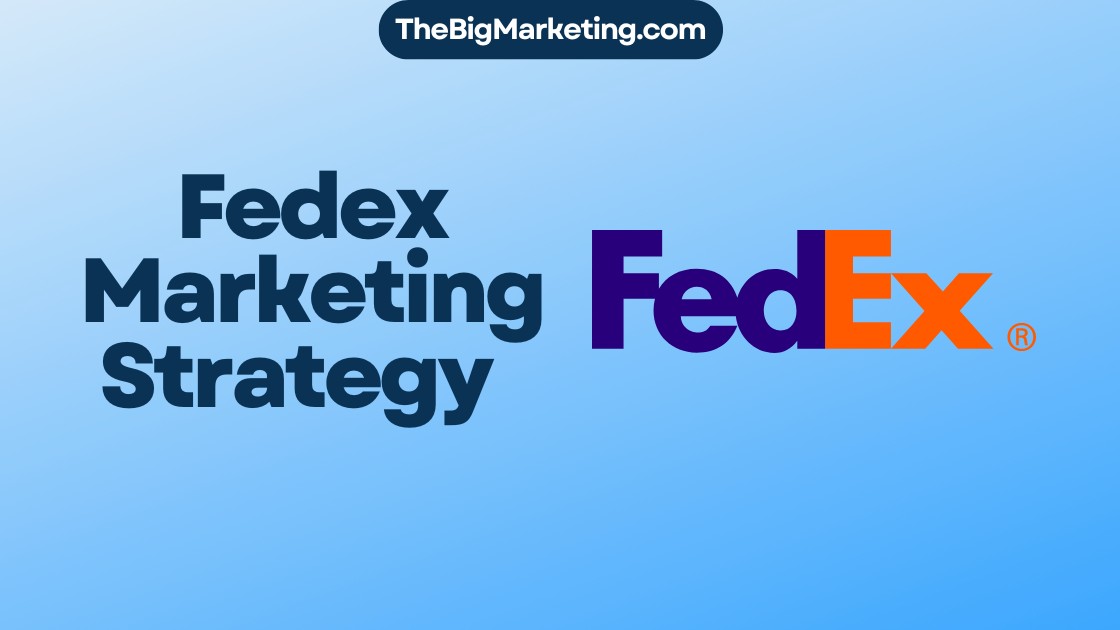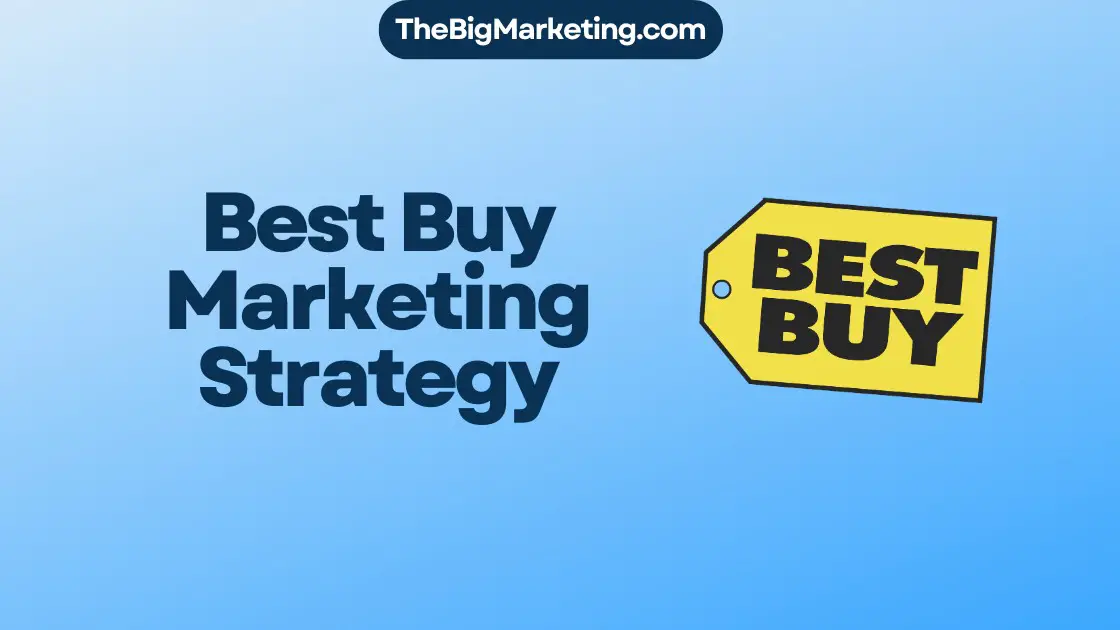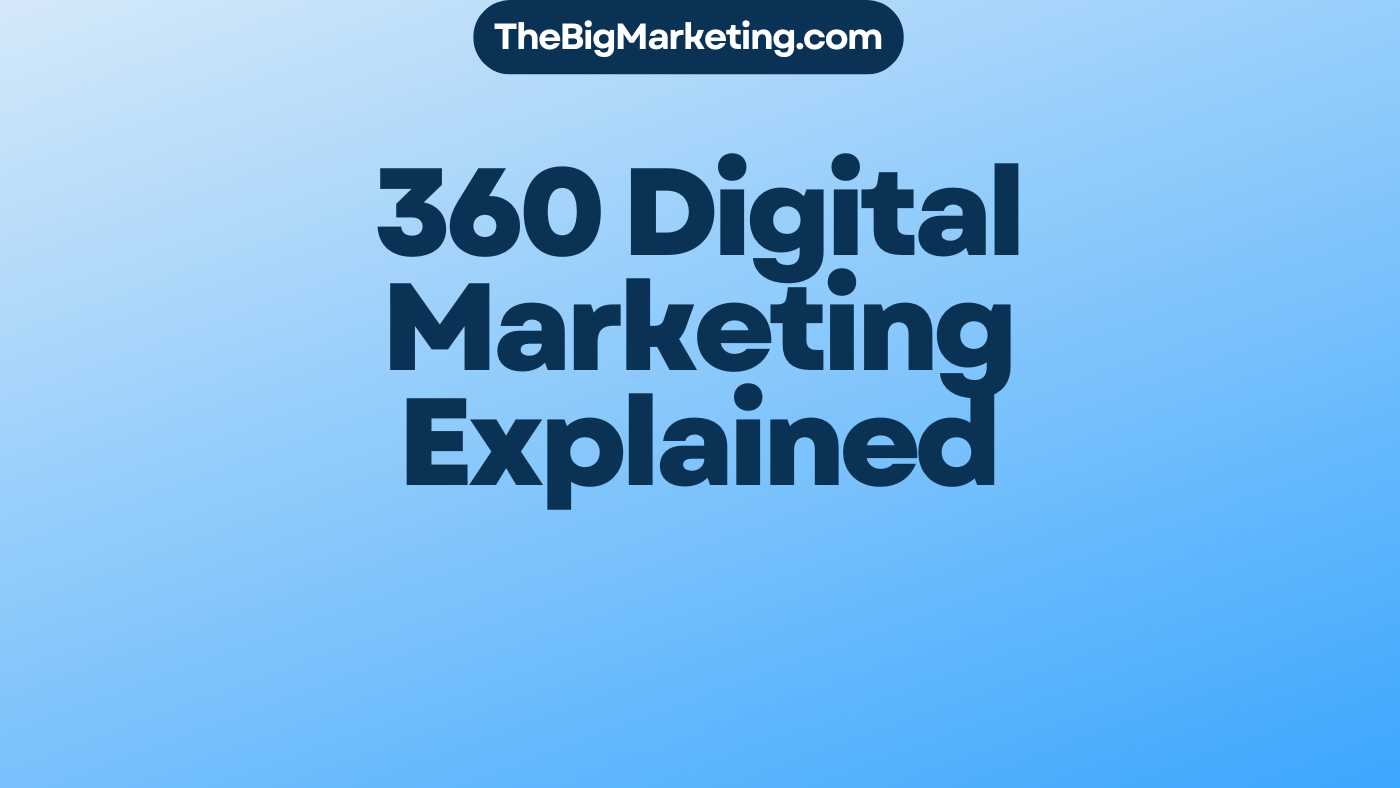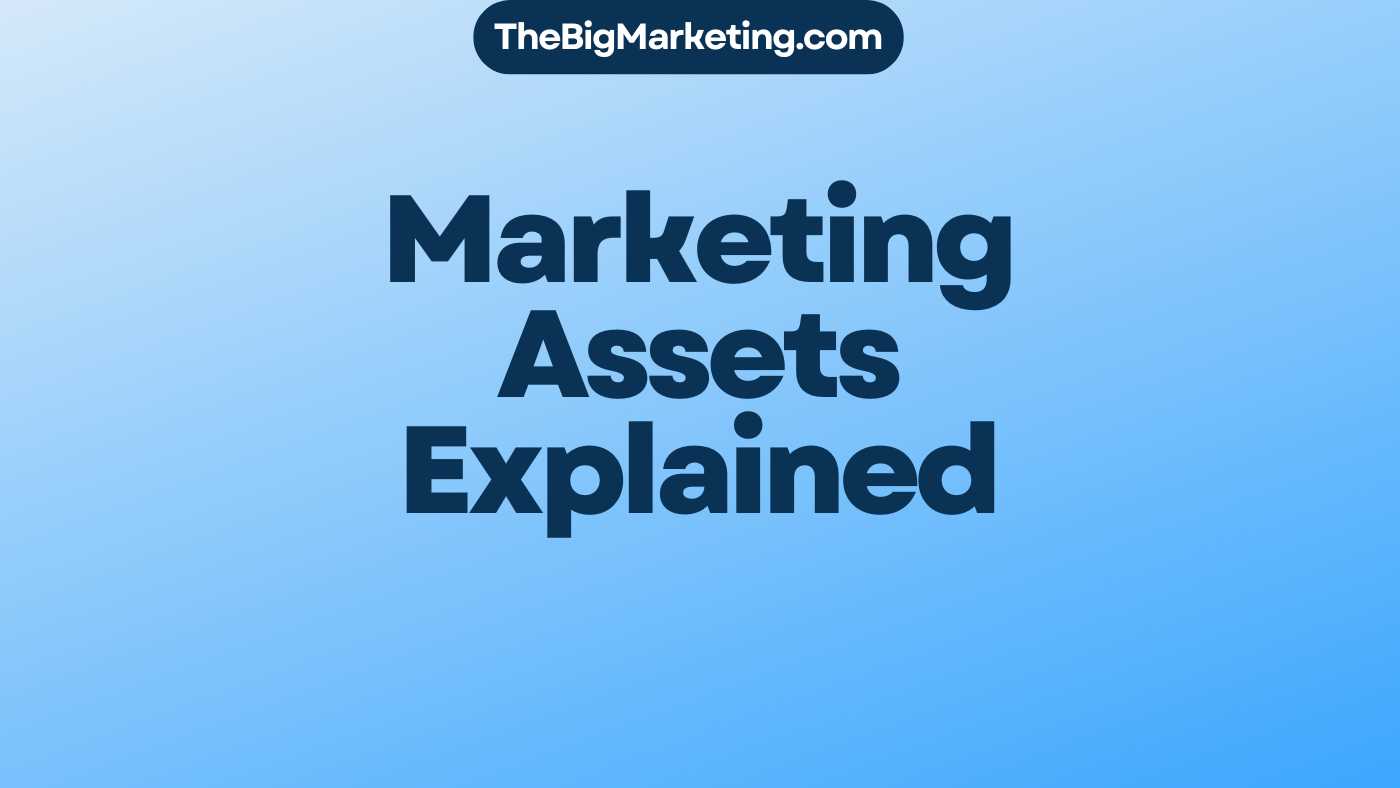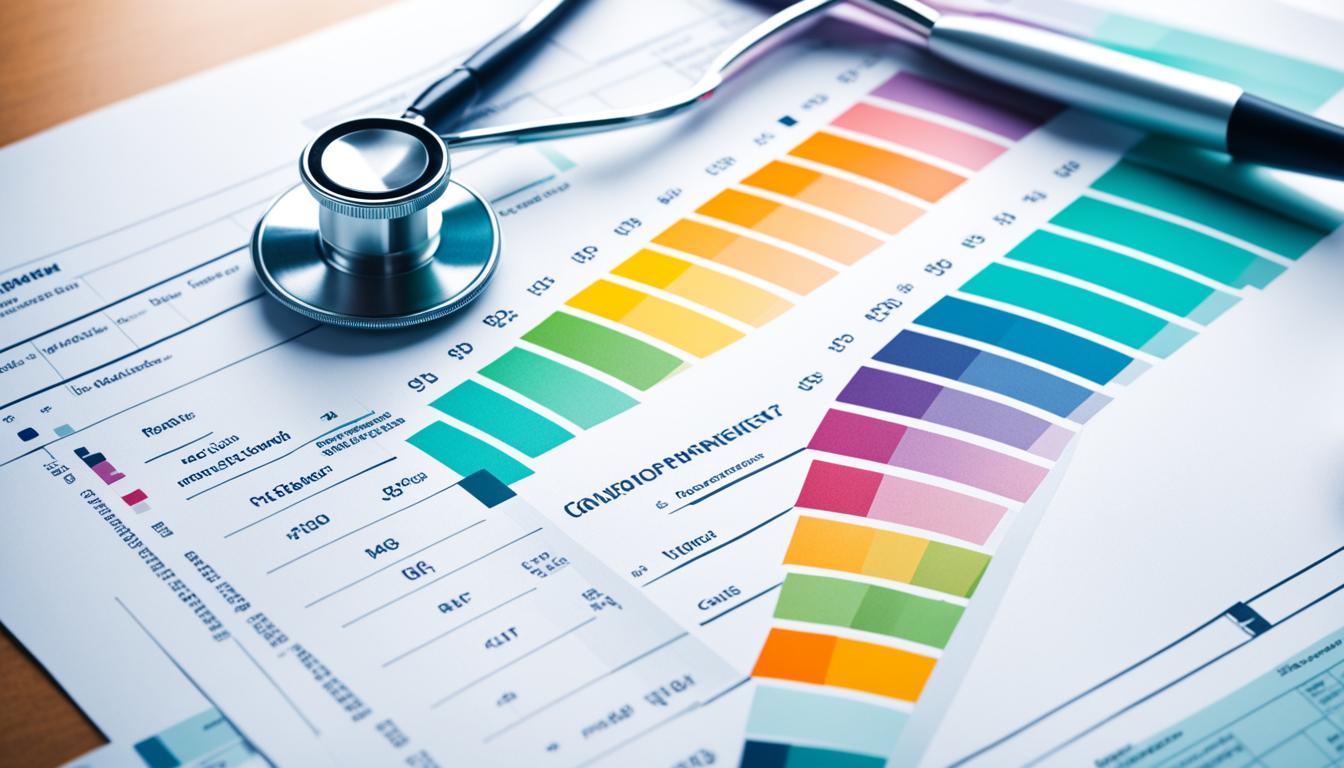Billboards have long been a staple in the advertising industry, providing brands with a cost-efficient and impactful way to reach a wide audience. In 2024, as digital marketing continues to evolve, billboards remain a smart choice for companies looking to increase visibility and drive tangible results. However, it’s essential to employ effective marketing strategies to make the most of this advertising medium.
When planning a billboard campaign, several key factors should be considered to ensure its success. From cost considerations and production lead time to choosing the right location and crafting compelling messages, each aspect plays a crucial role in delivering powerful and memorable advertising experiences. By implementing these strategies, brands can make the most of their billboard campaigns and achieve their marketing objectives.
Key Takeaways:
- Billboards continue to be a cost-efficient and effective form of advertising in 2024.
- Consider cost considerations, such as negotiating prices and maximizing your return on investment.
- Plan ahead for production and lead time to ensure a smooth and timely campaign.
- Choose the right location by conducting thorough demographic research and considering target audience behavior.
- Craft compelling messaging that is concise, aligned with your brand, and resonates with your target market.
Cost Considerations for Billboard Advertising
When exploring advertising options, billboard advertising offers a cost-effective solution for brands with tight budgets. The average cost per thousand impressions (CPM) for a static billboard is $3.65, making it an affordable choice compared to other media formats.
To further maximize the return on investment (ROI) and reduce costs, there are several billboard advertising tips that brands can implement:
- Negotiate prices with billboard vendors: Discussing pricing options with vendors can lead to potential discounts or favorable rates. Building a good relationship with vendors can also result in long-term cost savings.
- Consider long-term campaigns: Purchasing billboard space for a longer duration can often lead to discounted rates. By strategically planning campaigns and securing longer contracts, brands can achieve greater cost efficiency.
When determining your budget for billboard advertising, it’s crucial to evaluate the potential return on investment. Analyze factors such as your target audience’s response, brand visibility, and the impact on your overall marketing goals to assess the effectiveness of your billboard campaign.
Planning Production and Lead Time for Billboards
When planning a billboard campaign, it’s crucial to consider the lead time required for production and installation. This ensures that your campaign runs smoothly and meets all deadlines. Different types of billboards, such as static and digital billboards, have specific production requirements that need to be taken into account.
Vinyl Wrap Production for Static Billboards
Static billboards typically require vinyl wrap production. This involves designing the graphics, printing them onto vinyl sheets, and then wrapping the vinyl around the billboard structure. It’s important to allocate sufficient lead time for this process to ensure timely production and installation.
Digital Content Creation for Digital Billboards
Digital billboards, on the other hand, require digital content creation. This involves designing and creating digital graphics or videos that will be displayed on the billboard. The content needs to be visually appealing, engaging, and optimized for the digital display format. Allocating ample lead time for content creation is essential to develop high-quality and impactful digital billboards.
It’s worth noting that unforeseen delays or issues with the supply chain can occur during production. By factoring in extra time for these occurrences, you mitigate the risk of campaign disruptions and ensure the smooth execution of your billboard advertising.
| Production Process | Lead Time |
|---|---|
| Vinyl Wrap Production | 5-7 business days |
| Digital Content Creation | 2-3 weeks |
| Unforeseen Delays or Supply Chain Issues | 1-2 weeks (buffer time) |
Table: Estimated Lead Time for Billboard Production Processes
Choosing the Right Billboard Location
The success of a billboard campaign is heavily influenced by the location of the billboard. To ensure maximum impact, it is crucial to conduct thorough demographic research and analyze the behavior and preferences of your target audience. Consider factors such as nearby attractions, businesses, and demographics that align with your target market. Evaluating these elements will help you identify strategic locations that will effectively reach your intended audience.
One key strategy for outdoor advertising is targeted billboard promotions. By selecting locations that have high foot traffic or are frequented by your target audience, you can increase the visibility of your brand and capture the attention of potential customers. For example, if you are targeting young professionals, placing billboards near business districts or trendy areas can be advantageous.
Additionally, it is advisable to physically visit potential billboard locations to assess any potential obstructions or visibility issues. This hands-on approach will allow you to ensure that your billboard will be easily seen by passing motorists or pedestrians. By carefully considering the location of your billboards, you can significantly enhance the overall effectiveness of your outdoor advertising strategies.
Benefits of Choosing the Right Billboard Location:
- Increased visibility and exposure to a targeted audience
- Higher potential for capturing the attention of potential customers
- Enhanced brand recognition and recall
- Improved message delivery and impact
- Maximized return on investment (ROI)
Crafting Effective Messaging for Billboards
The messaging on a billboard is a critical aspect of capturing your audience’s attention and driving traffic to your brand. To create a successful billboard campaign, it’s essential to have concise and compelling messaging that aligns with your brand identity.
When crafting your billboard message, consider the emotions you want to evoke in your audience. Whether it’s excitement, curiosity, or a sense of urgency, tailor your messaging to resonate with your target market’s desires and needs.
To drive traffic and increase brand awareness effectively, utilize engaging and attention-grabbing content on your billboards. Think outside the box and come up with creative billboard campaigns that stand out from the crowd. Whether it’s through humor, storytelling, or thought-provoking visuals, strive to make a lasting impression on your audience.
Remember, a billboard has limited space, so it’s crucial to keep your message concise and easy to read. Your target audience should be able to understand your message within seconds as they pass by. Use bold and legible fonts, contrasting colors, and clear visuals to ensure your messaging is visually appealing and impactful.
By crafting effective messaging that aligns with your brand and resonates with your target audience, you can maximize the potential of your billboard campaigns and drive significant traffic to your business.
Setting Goals for Your Billboard Campaign
When planning a successful billboard campaign, it is crucial to set clear and measurable goals. These goals will serve as a compass, guiding your advertising efforts and helping you evaluate the campaign’s effectiveness. Whether your objective is to drive sales, increase brand awareness, or promote a new product, having specific goals in mind will enable you to track your progress and measure success.
To ensure your billboard campaign delivers the desired results, consider using metrics that allow you to gauge its impact. Here are some key metrics to consider:
- Engagement: Measure the level of interaction and viewer engagement with your billboard. This can include actions such as social media mentions, hashtag usage, or direct customer communication.
- Website Traffic: Track the increase in traffic to your website during the campaign. This can be done by analyzing web analytics data or using specific tracking tools.
- Sales: Monitor the impact of your billboard campaign on sales figures. Use unique promotional codes or dedicated landing pages to attribute sales directly to the campaign.
By setting specific, measurable goals and implementing tracking mechanisms, you can accurately measure the success of your billboard campaign. This data will provide valuable insights into the effectiveness of your advertising efforts and help shape future campaigns.
Remember, the goals you set should align with your overall marketing objectives and consider the specific nature of billboard advertising. Keep in mind factors such as the target audience, the geographic reach of the billboard, and the duration of the campaign when setting your goals.
| Goal | Metric | Measurement Method |
|---|---|---|
| Increase brand awareness | Engagement | Social media mentions, hashtag usage, customer communication |
| Drive website traffic | Website Traffic | Web analytics data, dedicated tracking tools |
| Boost sales | Sales | Promotional codes, dedicated landing pages |
Designing Creative and Eye-Catching Billboards
Designing visually appealing and attention-grabbing billboards is crucial to capturing the audience’s attention and maximizing billboard ROI. To create impactful billboards, it’s important to follow billboard design best practices that consider readability, messaging, and visual elements.
Consider Readability
When designing a billboard, consider the font size, color contrast, and visual hierarchy to ensure that the content is easily readable from afar. Choose fonts that are clear and legible, especially when viewed from a distance. Use contrasting colors to make the text stand out and grab attention. Maintain a good balance between the background color and the text color for optimal readability.
Keep the Messaging Concise
Billboards have limited space, so it’s crucial to keep the messaging concise and impactful. Use powerful and engaging headlines that quickly convey the main message or call to action. Avoid cluttering the billboard with excessive text that may overwhelm or confuse the audience. Focus on communicating the key message clearly and effectively.

Utilize Bold Imagery and Impactful Visuals
Incorporate bold imagery or impactful visuals that capture attention and leave a lasting impression. Effective visuals can evoke emotions, create curiosity, and make the audience stop and take notice. Ensure that the visuals align with your brand identity and communicate the desired message. The combination of striking visuals and concise messaging can make your billboard stand out and increase its effectiveness.
By following these billboard design best practices, you can create visually appealing, attention-grabbing billboards that maximize your billboard ROI and attract the target audience’s attention. A well-designed billboard is a powerful tool for driving brand awareness and achieving your marketing goals.
Choosing Between Digital and Traditional Billboards
When it comes to outdoor advertising strategies, choosing between digital and traditional billboards can be a tough decision. Each format offers unique advantages that can contribute to the success of your campaign. By considering billboard design best practices and understanding your campaign objectives, budget, and target audience, you can make an informed choice that maximizes the impact of your advertising efforts.
Digital Billboards: Flexibility and Dynamic Content
Digital billboards have gained popularity in recent years due to their flexibility and ability to display dynamic content. With digital billboards, you have the power to change your message and visual elements as frequently as you want, allowing you to adapt to market trends or promotional offers quickly. This flexibility enables you to deliver timely and relevant messages, keeping your brand at the forefront of consumers’ minds. Additionally, digital billboards offer features like animated graphics and video, which can capture attention and create a memorable brand experience.
Traditional Billboards: Prime Location and Cost-Effectiveness
While digital billboards offer flexibility, traditional billboards excel in prime locations and cost-effectiveness. Traditional billboards are often strategically placed in high-traffic areas, ensuring maximum visibility and exposure to your target audience. These iconic fixtures have proven their worth over time, attracting attention and creating brand recognition. Furthermore, traditional billboards tend to be more cost-effective, making them an excellent option for brands with limited budgets or long-term campaigns.
Both types of billboards have their merits, and the choice ultimately depends on your campaign goals and resources. By understanding the advantages of each format and considering your specific requirements, you can leverage billboard design best practices to create a compelling and effective outdoor advertising strategy.
Measuring the Success of Your Billboard Campaign
Once your billboard campaign is live, it’s crucial to have a strategy in place to measure its success. By tracking key performance indicators (KPIs) and analyzing the data, you can evaluate the effectiveness of your outdoor advertising strategies and make informed decisions for future campaigns.
Here are some essential metrics to consider when measuring billboard success:
- Website Traffic: Monitor the amount of traffic generated to your website during the campaign. Use analytics tools to track the source of the traffic and identify if the billboard played a role in driving visitors to your site.
- QR Code Scans: If your billboard includes a QR code, track the number of scans. This data can provide insights into the audience’s engagement with your campaign and their interest in learning more about your brand or offer.
- Sales Attribution: Connect your billboard campaign to specific sales data to determine if it influenced purchase decisions. By analyzing sales attributed to the billboard, you can evaluate the return on investment (ROI) and assess the campaign’s impact on revenue.
- Social Media Engagement: Monitor social media platforms for mentions, shares, and comments related to your billboard campaign. This data can help gauge audience sentiment, brand awareness, and overall engagement.
Based on the insights gathered from these metrics, you can assess the success of your billboard campaign and identify areas for improvement. Use the data to refine your outdoor advertising strategies and make data-driven decisions for future campaigns. Continuously measuring and analyzing the performance of your billboards will ensure that your marketing efforts are effective and aligned with your goals.
Remember, each campaign may require different metrics depending on your specific objectives. Tailor your measurement approach to align with your goals and keep evolving your strategy based on the insights gained.
Proper measurement and analysis are vital to maximizing the success of your billboard advertising. Make data-driven decisions and optimize your campaigns to achieve the best possible results.
Example of Billboard Success Measurement
For example, let’s consider a fictional company, XYZ Motors, and their billboard campaign promoting a new car model. They implemented a comprehensive tracking strategy and measured the following metrics:
| Metric | Results |
|---|---|
| Website Traffic | 200% increase in website visits during the campaign period compared to the previous month. |
| QR Code Scans | 500 scans of the QR code on the billboard, indicating high audience engagement and interest in learning more about the new car model. |
| Sales Attribution | 25% increase in new car sales during the campaign, with customers mentioning the billboard as a contributing factor in their decision. |
| Social Media Engagement | Over 100 shares and numerous positive comments on social media platforms, generating buzz and further increasing brand awareness. |
Based on these measurements, XYZ Motors concluded that their billboard campaign was highly successful in driving website traffic, increasing sales, and generating social media engagement. They plan to replicate their successful strategies in future campaigns and continue to leverage outdoor advertising to achieve their marketing goals.
Conclusion
Effective billboard marketing is a powerful strategy for brands to increase visibility and drive impactful results. By carefully considering factors such as cost, production lead time, location, messaging, and goals, brands can develop successful marketing strategies for billboards in 2024.
One of the key factors in effective billboard marketing is crafting compelling messaging. It is crucial to create concise and attention-grabbing content that aligns with your brand identity and resonates with your target audience. By utilizing engaging visuals and impactful imagery, you can create a memorable impression that drives traffic and increases brand awareness.
Setting measurable goals is another important aspect of successful billboard advertising. By clearly defining your objectives and tracking key performance indicators such as website traffic, QR code scans, or sales attribution, you can evaluate the effectiveness of your campaign. This data will inform future advertising decisions and help maximize your return on investment.
Ultimately, the success of your billboard advertising efforts will depend on your ability to develop effective marketing strategies, craft compelling messaging, set measurable goals, and measure the campaign’s success. By following these billboard advertising tips and staying updated with industry trends, brands can harness the power of billboards to reach their target audience and achieve impactful marketing results in 2024.
FAQ
What are some cost considerations for billboard advertising?
When planning a billboard campaign, it’s important to consider the cost per thousand impressions (CPM), negotiate prices with vendors, and evaluate the potential return on investment (ROI).
How much lead time is needed for billboard production and installation?
The lead time for billboard production and installation depends on the type of billboard. Static billboards require vinyl wrap production, while digital billboards require digital content creation. Allocating enough time for creative development, production, and installation is essential.
How do I choose the right location for my billboard?
Conduct thorough demographic research, analyze the target audience’s behavior and preferences, and consider factors like nearby attractions, businesses, and demographics that align with your target market. Visiting potential locations is also advisable to assess any visibility issues.
What should I consider when crafting messaging for billboards?
Your messaging should be concise, compelling, and aligned with your brand identity. Consider the emotions you want to evoke and the desired action from your audience. Tailor the messaging to resonate with your target market and utilize engaging and attention-grabbing content.
How do I set goals for my billboard campaign?
Clearly define your goals, whether it’s driving sales or increasing brand awareness. Set specific, measurable goals that allow you to track and evaluate the campaign’s impact. Consider using metrics like engagement, website traffic, or sales to assess effectiveness.
What are some tips for designing visually appealing billboards?
Consider factors like font size, color contrast, and visual hierarchy to ensure readability from afar. Keep the messaging concise and use bold imagery or impactful visuals to create a memorable impression. A well-designed billboard can significantly contribute to campaign success.
Should I choose digital or traditional billboards?
The choice between digital and traditional billboards depends on campaign objectives, budget, and target audience. Digital billboards offer flexibility and content changes, while traditional billboards may offer better location options. Both types can be effective in reaching your marketing goals.
How do I measure the success of my billboard campaign?
Establish metrics such as website traffic, QR code scans, or sales attributed to the billboard to evaluate effectiveness. Tracking key performance indicators will help determine campaign success and inform future advertising decisions.
What are some effective marketing strategies for billboards?
Effective marketing strategies for billboards involve considering cost, production lead time, location, messaging, and goals. By incorporating these factors into your planning, you can develop impactful campaigns that maximize ROI and increase brand visibility.
